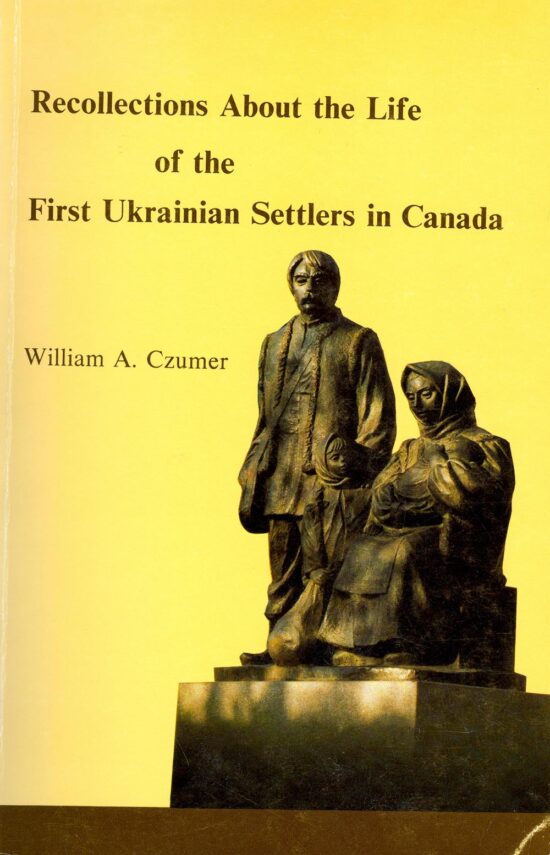Ukrainians in Canada: The Formative Years, 1891–1924
$59.95
In stock (can be backordered)
Description
Covering the initial phase of Ukrainian immigration, settlement and community-building in Canada, this history goes beyond existing accounts in three important respects. First, the Ukrainian experience in Canada is placed firmly within the context of Canadian history, as well as the history of immigrants and immigration. The social and economic forces that “pushed” Ukrainian peasants out of eastern Galicia and northern Bukovyna and “pulled” them to Canada are examined. The efforts of French-Canadian Roman Catholic primates in western Canada to subordinate the immigrants to their authority are analyzed. Attempts by Anglo-Protestant social reformers to “Canadianize” the immigrants through the medium of Protestant missions and the public school system are also discussed.
The book’s second major subject is the impact of the Ukrainian national movement, which penetrated the villages of eastern Galicia and northern Bukovyna during the last quarter of the nineteenth century and shaped the outlook of the men who assumed leadership within the Canadian immigrant community. In particular, it demonstrates how the national movement’s radical, secular and populist precepts fueled anticlericalism, sustained opposition to machine politics and heavy-handed methods of “Canadianization,” and promoted self-reliance and resistance to economic exploitation. Ukrainian Canadian attitudes to the First World War, the Russian Revolution and the struggle for independence are also considered.
Martynowych’s account also delves into the everyday lives of ordinary Ukrainian immigrants in rural bloc settlements, urban colonies, frontier construction camps and one-industry towns from coast to coast. An attempt has been made to survey material conditions of life, to examine occupational structures and entrepreneurial activity, and to consider social differentiation and the emergence of class divisions. The formation, proliferation and activities of local institutions such as parishes, reading clubs, drama groups, co-operatives, national homes, socialist circles and labour temples are also analyzed, as are the efforts of Ukrainian nationalists and socialists to transmit their ideologies and mobilize popular support through such institutions.
The continuation of this book may be found in Ukrainians in Canada: The Interwar Years, Book 1. Social Structure, Religious Institutions, and Mass Organizations.
Additional information
| Weight | 1.2 kg |
|---|---|
| Dimensions | 25 × 17 × 6 cm |
| Author | |
| Format | Hardcover |
| Language | English |
Only logged in customers who have purchased this product may leave a review.









Reviews
There are no reviews yet.